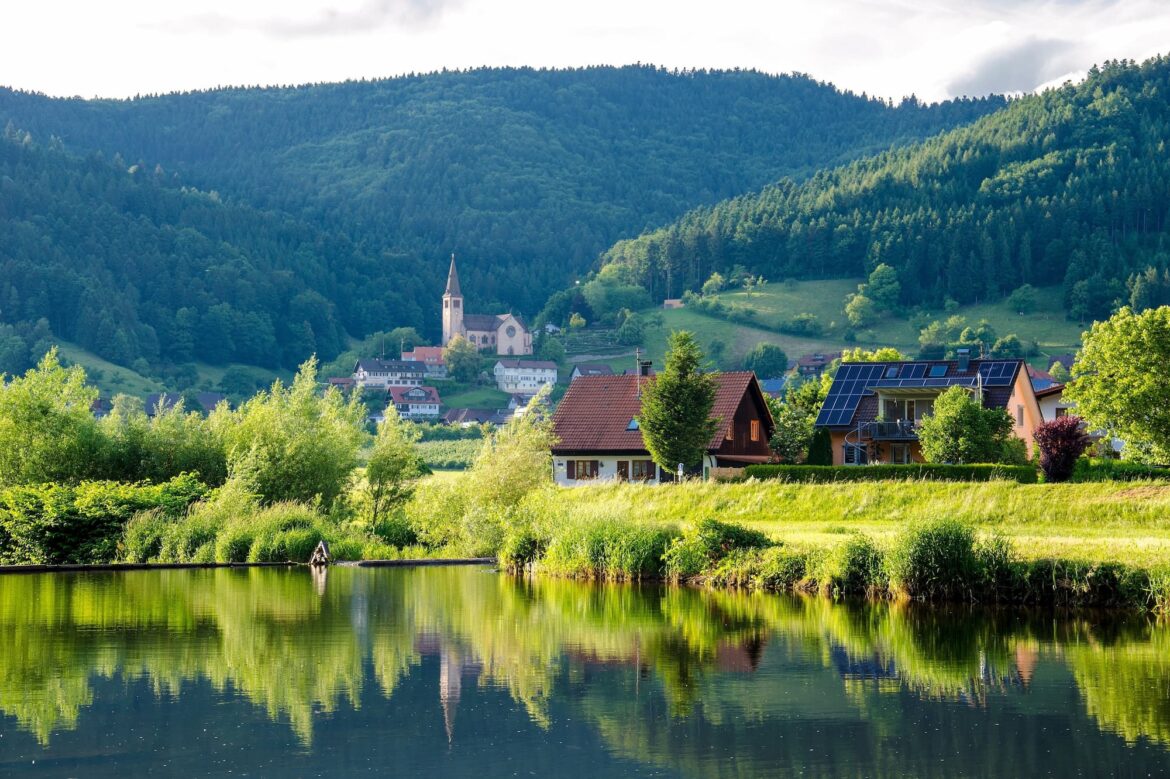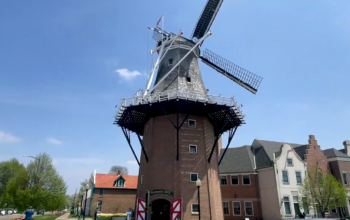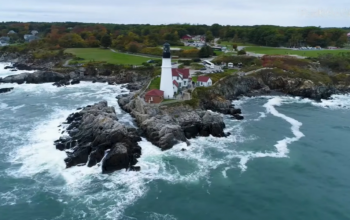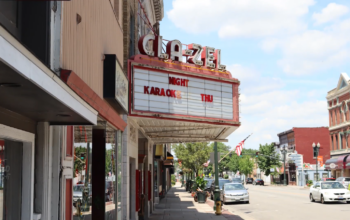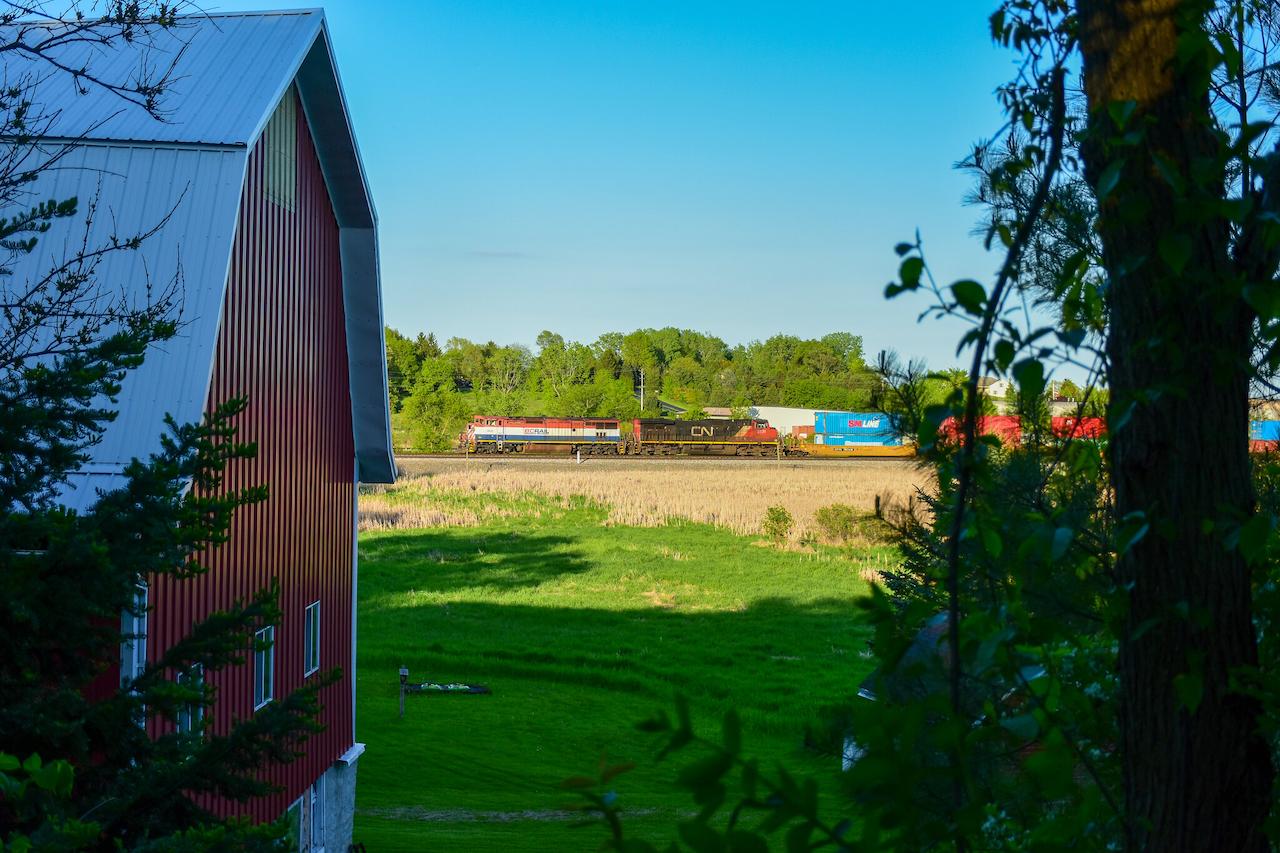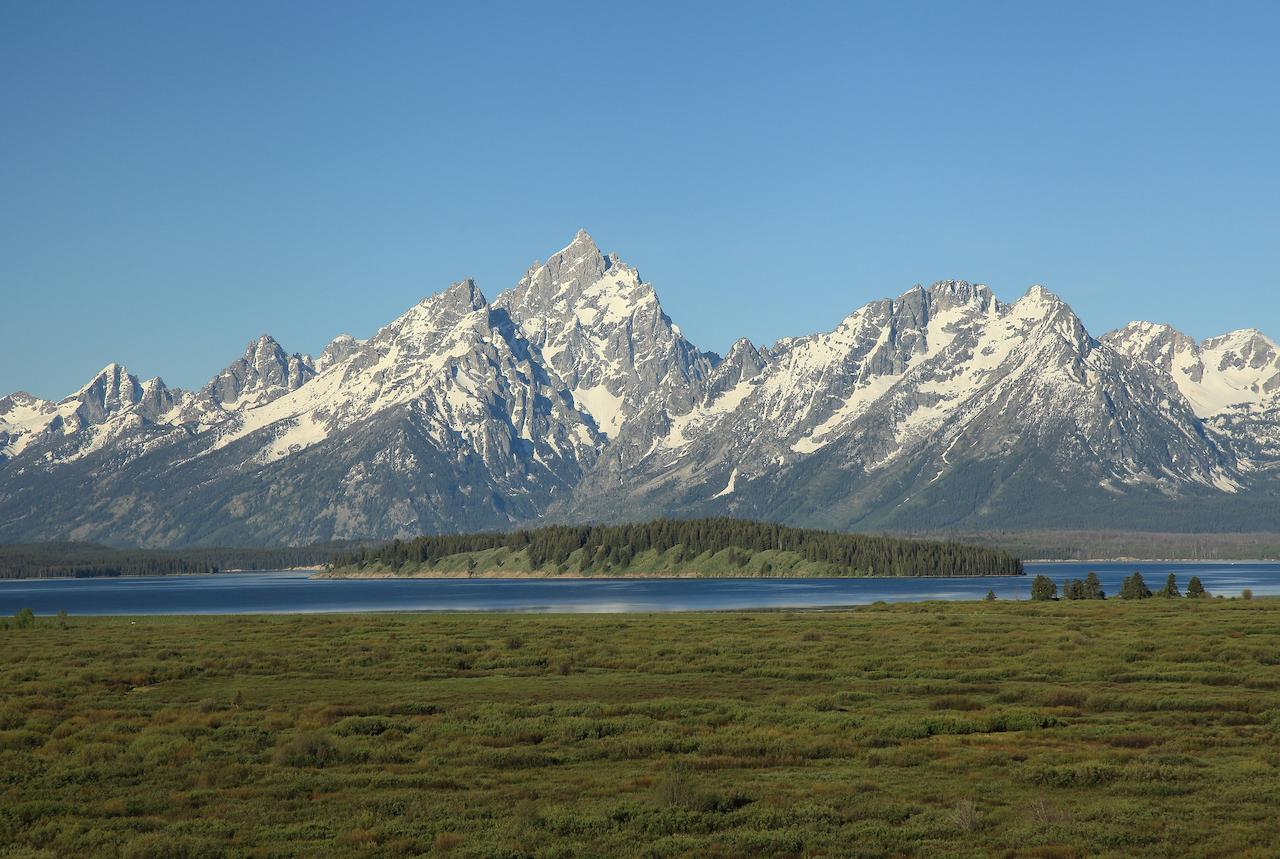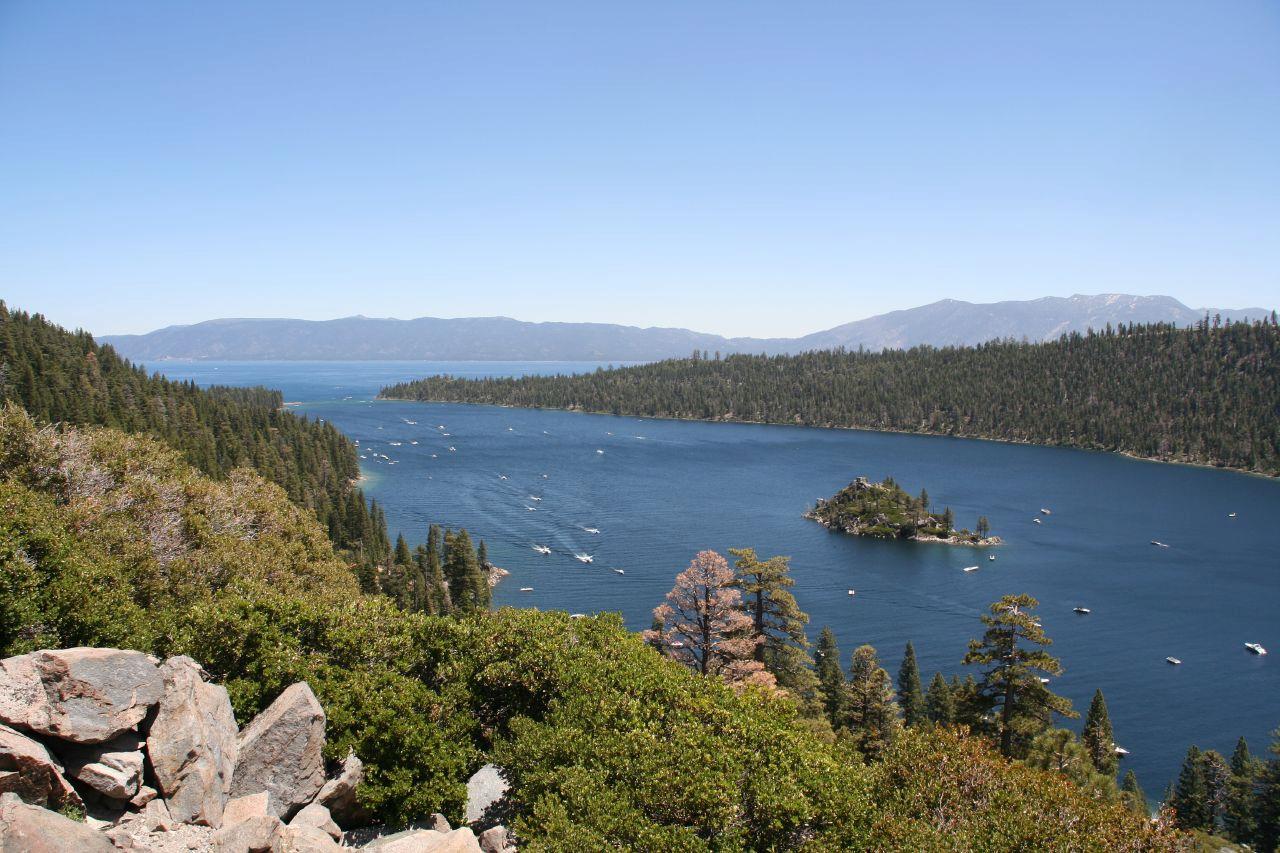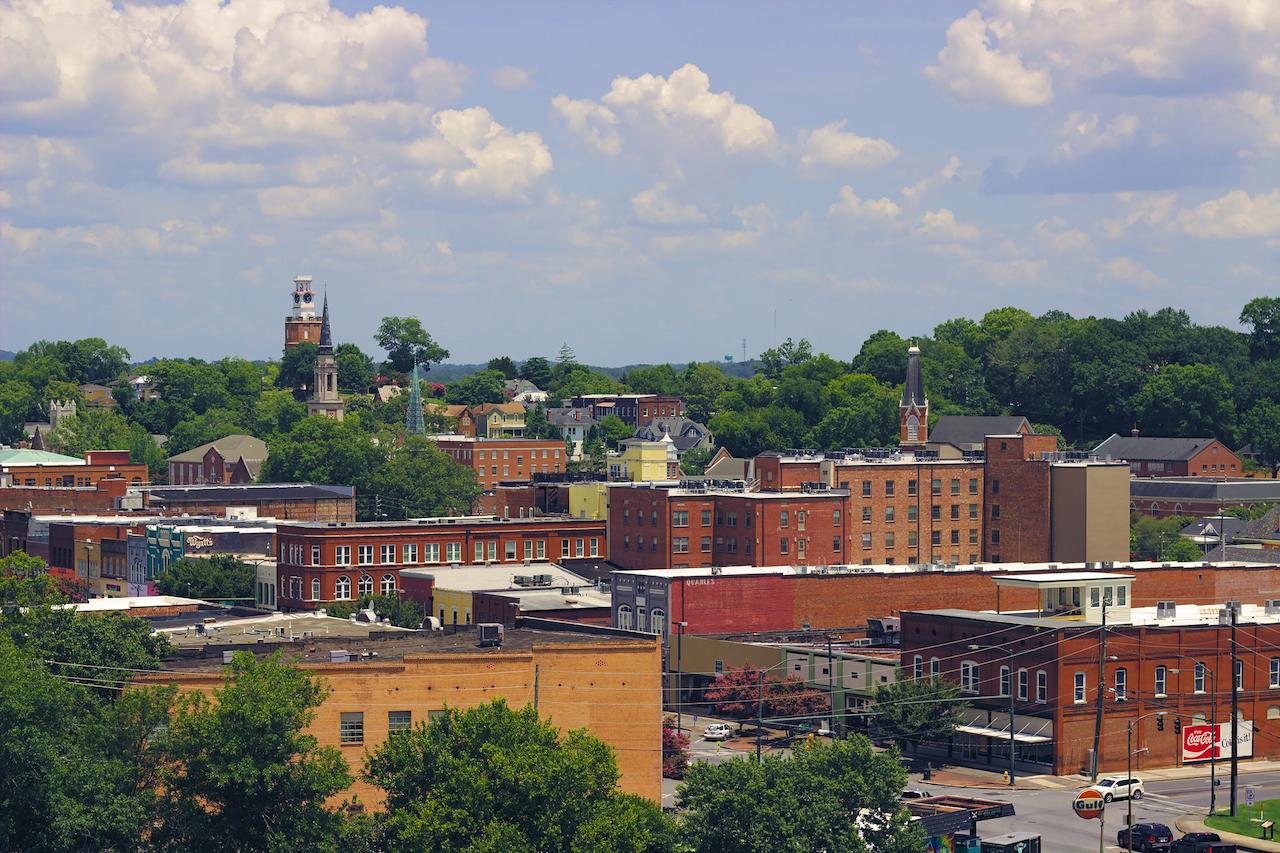Some small towns have a unique charm and have always attracted me. Many, like Barichara in Colombia, were founded centuries ago when they were important economic centers. For some reason, they lost notoriety and stopped in time. But they continue to display, on the facade of the buildings, in the squares and on the pavements of the streets, the same pomp as in the past.
Others, difficult to access, like El Chaltén, in Argentina, form small urban agglomerations between mountains and began to be discovered in recent decades.
To make the list, we used two main criteria: cities must have less than 10,000 inhabitants and we must have stepped foot in them. Feel free to comment and help grow this list!
1. Aguas Calientes (Peru – 1600 inhabitants)
Machu Picchu Pueblo is a small town, difficult to access, surrounded by mountains, including those that hide Machu Picchu . Aguas Calientes is bisected by the Urubamba River, which forms the fertile Sacred Valley of the Incas. As there are no roads to the city, the only ways to get there are by train or walking, for almost two hours, from the hydroelectric plant. As a prize, you don’t see or hear any cars driving along the streets, only people!
It can be said that the city is new. It began to be populated with the construction of the railroad, in the 1920s, and saw some progress in the 1950s and 1960s, with the hydroelectric works. In the 1980s, MaPu was declared a World Heritage Site by Unesco and received a lot of investment in infrastructure by the government. At the time, the destination received around 80,000 tourists a year and saw slow growth in that number until 2007, when it was declared one of the 7 Wonders of the Modern World .
2. Toro-toro (Bolivia – 684 inhabitants)
Toro-toro is so small that perhaps it would be a mistake to call it a city. But it’s inside one of the most beautiful parks in South America. The city stands the test of time. Even though some infrastructure improvements have been made in recent years, thanks to tourism, there are still several adobe houses standing and part of the residents still live from agriculture and livestock.
To get there, you must first go to Cochabamba . Afterwards, take a van or a bus. It takes four to six hours to travel, depending on the state of the road and how many stops the vehicle makes.
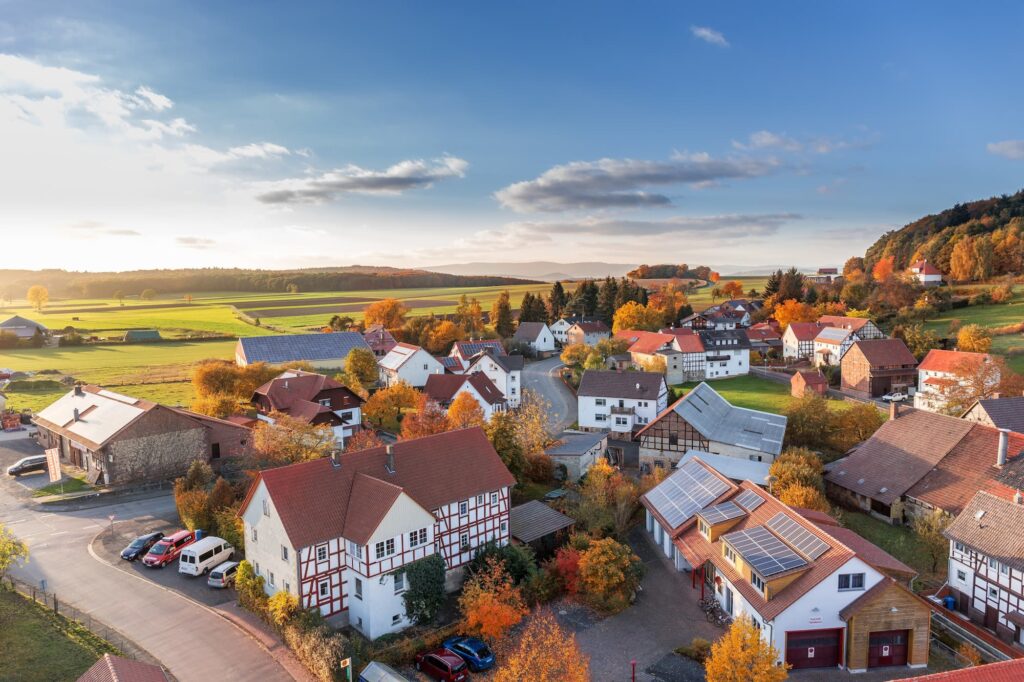
3. El Chalten (Argentina – 1627 inhabitants)
El Chalten was founded less than 40 years ago by the government of Argentina, with the aim of resolving a dispute over territory involving Chile, which claimed the hielo del sur fields for itself (if you look at the map, you will see that there is no ‘ border’ between the two countries at that point). The beauty of the region was already attracting the attention of climbers and other lovers of adventure sports. And the foundation of a city brought infrastructure to the place and turned El Chalten into an accessible place for tourists. It is inside the Parque Nacional de los Glaciares .
4. Barichara (Colombia – 7215 inhabitants)
Barichara was founded in the 17th century, built around a miracle. A peasant would have talked to the Virgin Mary and, as proof, her image was carved on the stone where she was sitting. The same material was used to build the city, which had its decades of development and glory.
In a way, visiting Barichara is going back to those times. The buildings, the cobbled streets and even the life of the residents continues in the same way as two centuries ago. And if that’s not enough, nearby are two beautiful canyons: Chicamocha and Suarez.
5. Copacabana (Bolivia – 3 thousand inhabitants)
Lake Titicaca is involved with the history of the native peoples of South America. Its waters were sacred to several civilizations, even before the emergence of the Incas on Isla del Sol (at least, that’s what the legend says). When starting the conquest of the continent, the Spaniards also did not take long to establish roots along its banks: they began to populate the region in 1550.
The imposing Basilica of Copacabana, in the center of the city, began to be built in that year and resists, imposingly, to the time.
6. Pisco Elqui (Chile – 800 inhabitants)
The Elqui Valley is little known by Brazilians. It’s a great stopover for anyone traveling between Santiago and San Pedro de Atacama by land (it takes more than 20 hours to travel the nearly 2000km route). Pisco Elqui is close to La Serena and, according to Peruvians, pisco was bred there (a statement that almost provoked a few wars with Peru).
The town is small, full of campsites by the river. Nearby is Horcón, a village of artisans that tourists usually discover by renting a bicycle. Valle de Elqui also has one of the clearest skies in the world and there are several astronomical observatories installed on its two highest hills.
